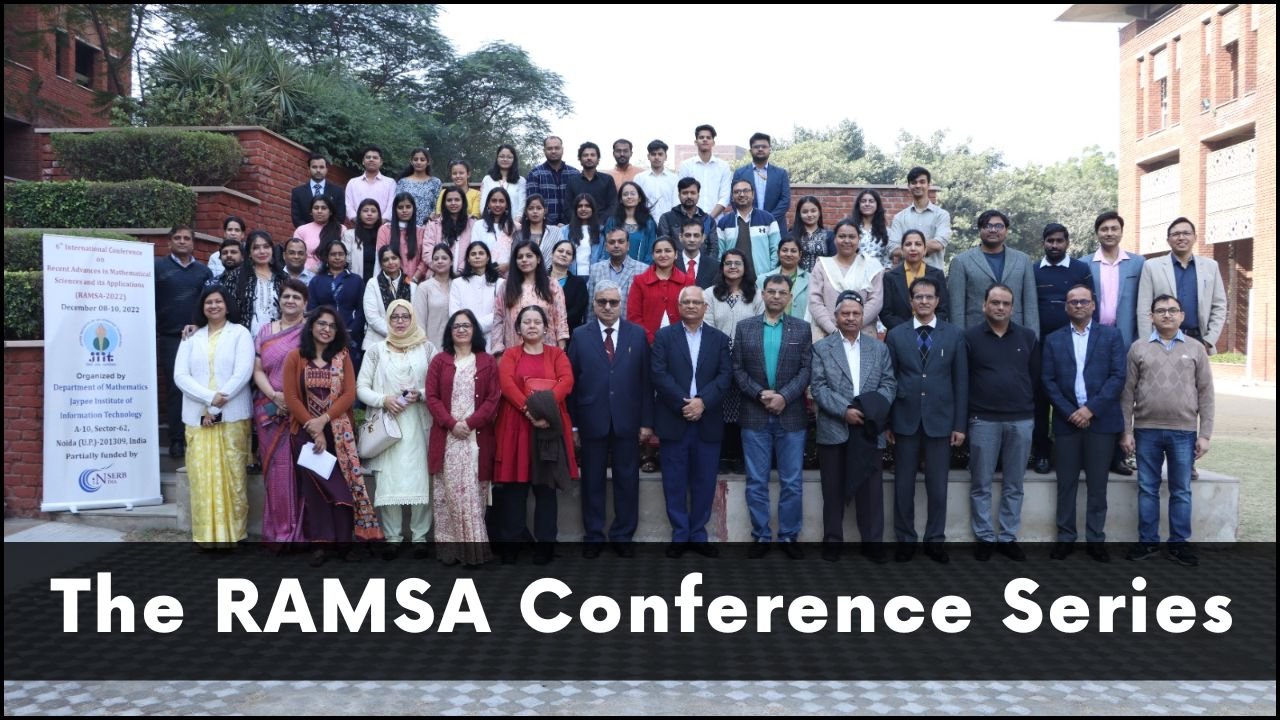
The landscape of mathematical sciences continues to evolve at an unprecedented pace, with new methodologies and applications emerging across disciplines. As we navigate through 2024-2025, several groundbreaking developments are reshaping how mathematicians approach complex problems and collaborate with other fields. These Emerging Trends in Mathematical Sciences (2024-2025) not only expand our theoretical understanding but also offer practical solutions to pressing global challenges.
Table of Contents
Quantum-Inspired Algorithms: The New Computational Paradigm
Recent advances in quantum computing have catalyzed innovation in classical algorithms. Mathematicians are now developing quantum-inspired techniques that simulate quantum advantages without requiring actual quantum hardware. These algorithms are showing promise in optimization problems, machine learning, and cryptography, offering exponential speedups compared to traditional approaches. The mathematical frameworks underpinning these methods combine elements from linear algebra, probability theory, and information theory in novel ways.
Topological Data Analysis: Finding Structure in Complexity
Topology has emerged as a powerful tool for analyzing high-dimensional and complex datasets. By focusing on the shape and structure of data rather than its metric properties, topological data analysis (TDA) reveals patterns invisible to conventional statistical methods. In 2024-2025, TDA is being applied to areas ranging from protein folding and genomics to financial market analysis and climate modeling, providing insights into the fundamental structures underlying complex systems.
AI-Enhanced Mathematical Discovery
The synergy between artificial intelligence and mathematical research has accelerated dramatically. AI systems are now partners in mathematical discovery, helping to formulate conjectures, identify patterns, and even suggest proofs. This collaborative approach is proving particularly valuable in areas like number theory, graph theory, and combinatorics. The fusion of human creativity with computational power represents one of the most transformative trends in mathematical sciences today.
Applied Category Theory: Abstract Structures, Concrete Solutions
Category theory’s abstract framework is finding surprising applications in diverse fields. Scientists are using categorical methods to model complex systems in biology, linguistics, and software engineering. The theory provides a unified language for describing relationships between different mathematical structures, enabling researchers to transfer insights across seemingly unrelated domains. This interdisciplinary approach exemplifies how abstract mathematics can yield practical benefits.
Climate Mathematics: Quantifying Our Planetary Future
As climate challenges intensify, mathematicians are developing specialized tools to model Earth systems with unprecedented accuracy. Advanced differential equations, stochastic processes, and numerical methods are being combined to create more reliable climate projections. These mathematical innovations are essential for understanding feedback loops, tipping points, and potential intervention strategies, making mathematics central to addressing one of humanity’s most pressing concerns.
The Renaissance of Geometric Methods
Geometric approaches are experiencing a resurgence across mathematical disciplines. From optimal transport theory in machine learning to geometric deep learning on manifolds and graphs, these methods leverage the intuitive power of spatial thinking to solve abstract problems. The visual nature of geometry provides both rigorous mathematical frameworks and intuitive ways to communicate complex concepts, driving innovations in both pure and applied mathematics.
Mathematics of Resilience and Network Stability
The study of networks, from power grids to social systems, has become increasingly sophisticated. Mathematicians are developing theories to quantify and enhance resilience in complex networks facing disruptions. These frameworks combine graph theory, dynamical systems, and statistical physics to understand how networks respond to perturbations and how to design systems that maintain functionality under stress. This research has direct applications in cybersecurity, infrastructure planning, and epidemic management.
Looking Ahead
The Emerging Trends in Mathematical Sciences (2024-2025) reflect both the field’s internal evolution and its growing engagement with global challenges. As mathematical tools become more sophisticated and accessible, their impact extends beyond academic boundaries into virtually every domain of human endeavor. The coming years promise continued innovation at the intersection of mathematics with computation, data science, and applied fields, reinforcing mathematics’s role as the language of discovery and innovation.





